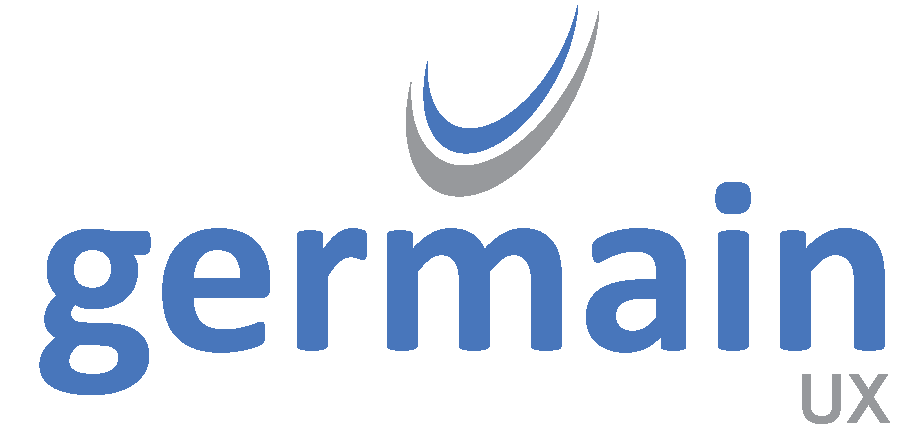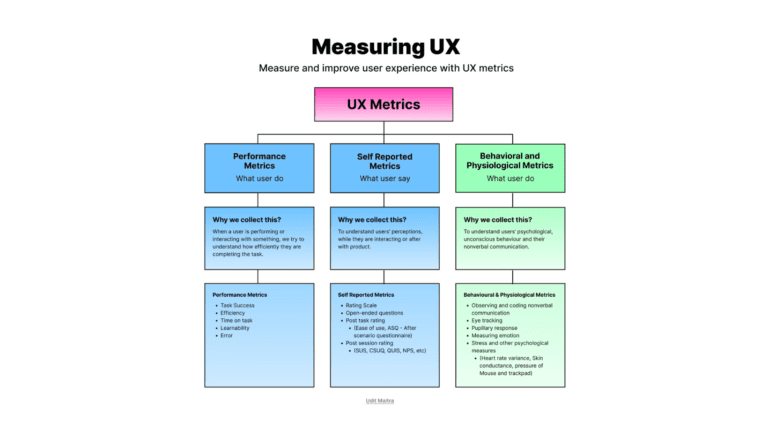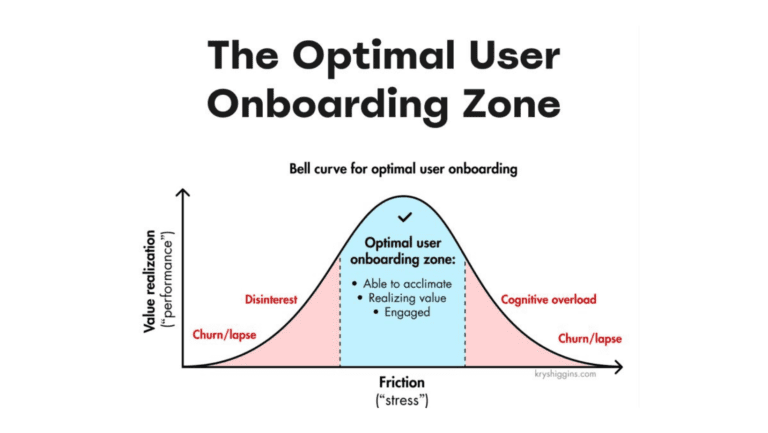Most companies are aware how beneficial application performance monitoring can be, but it is still important to justify the expense of APM tools by calculating the expected ROI. A plan for implementation and realistic expectations are key factors in making a business decision, but reducing the total cost of ownership (TCO) also goes a long way towards convincing decision makers to allocate funds for application performance management.
Some costs are out of your control, but choosing the right technology provider can reduce TCO both during the initial installation and over the life of the investment. Before choosing who to work with there are several factors that must be taken into account.
Ease of Implementation
Ideally, companies will incorporate IT into their overall corporate strategy and know months or even years in advance when they will need new software. In these instances APM tools that are easy to implement save money simply because they are operational and impacting the bottom line more quickly. In many cases a simpler installation procedure means that it can be handled in-house without the added expense of bringing in contractors.
But the reality is that most organizations make a decision to acquire or replace APM technology during a time of stress in their business application infrastructure. Their current application environment may be experiencing serious quality control issues, growth could be putting stress on existing infrastructure, or there could be concerns regarding an upcoming upgrade that threatens to disrupt business in the short term. While downtime is never welcome, most companies install APM software when time is of the essence.
Easy implementation reduces the amount of disruption to other business processes frees up resources to focus on training APM users and other mission critical applications.
Ongoing Costs
It’s just as important to consider the ongoing costs (both internally and externally) of supporting and maintaining the APM tool so that it remains in sync with the business applications that it is monitoring. Plug-and-play APM solutions do a good job of keeping up with application changes, while generic solutions take much more time and resources. Why? Because with a generic solution, here is what typically happens to implement and maintain your APM platform:
- Initial configuration can take months and often include a significant discovery effort to determine what needs to be monitored within the application layers and the underlying infrastructure
- Iterative reconfiguration steps are common because real-life application events highlight aspects of the application and infrastructure that were not properly monitored
- Manual reconfiguration is necessary every time the application changes. This manual retooling opens up more room for errors, and takes time away from other tasks even when everything goes well.
Generic APM tools are also unable to self-monitor and self-regulate, resulting in reporting errors that undermine the purpose of implementing APM in the first place. Even if the initial cost is slightly higher, it makes more sense to buy APM software that will either accurately assess important business processes, or will let you know that something is wrong.
Other Considerations
There are other services that effectively reduce the APM tool’s total cost of ownership, even though they are not strictly a part of APM. Automatic report generation that sends information to the correct division without intervention greatly increases efficiency, and the ability to test multiple builds in parallel improves quality control processes. Look for software with features like these that enrich your existing business processes.
Companies looking for solutions such as germain’s APM software should also ask about industry-specific functionalities that could provide additional long-term value, like CTI monitoring for Call Centers, or Product Configurator for eCommerce and complex product sales.
Business decisions always come down to the bottom line. It’s not enough to know that something is useful, it has to create enough value to justify the cost, and reducing APM software TCO is one of the best ways to bolster your case.
What was your experience? Did you find other wasy to lower the Cost of Ownership for your APM Project? Share with us in the Comments section!



